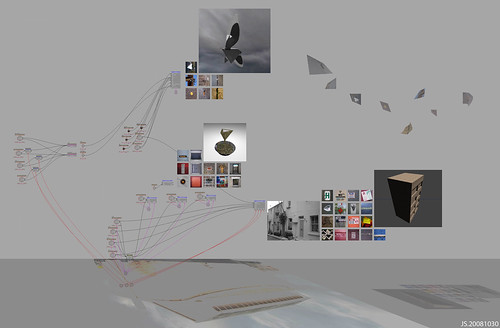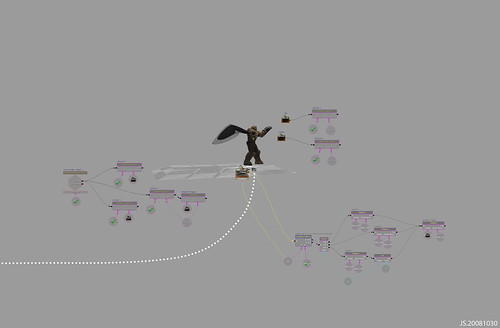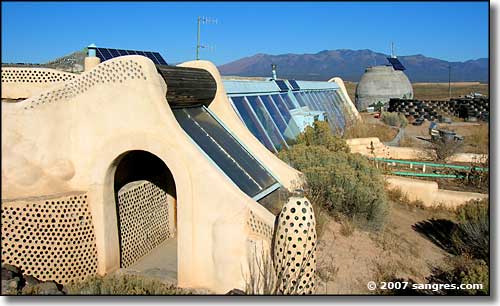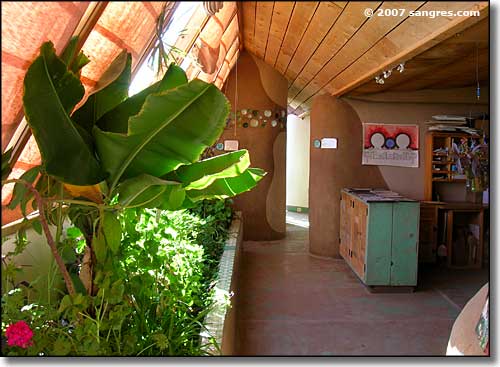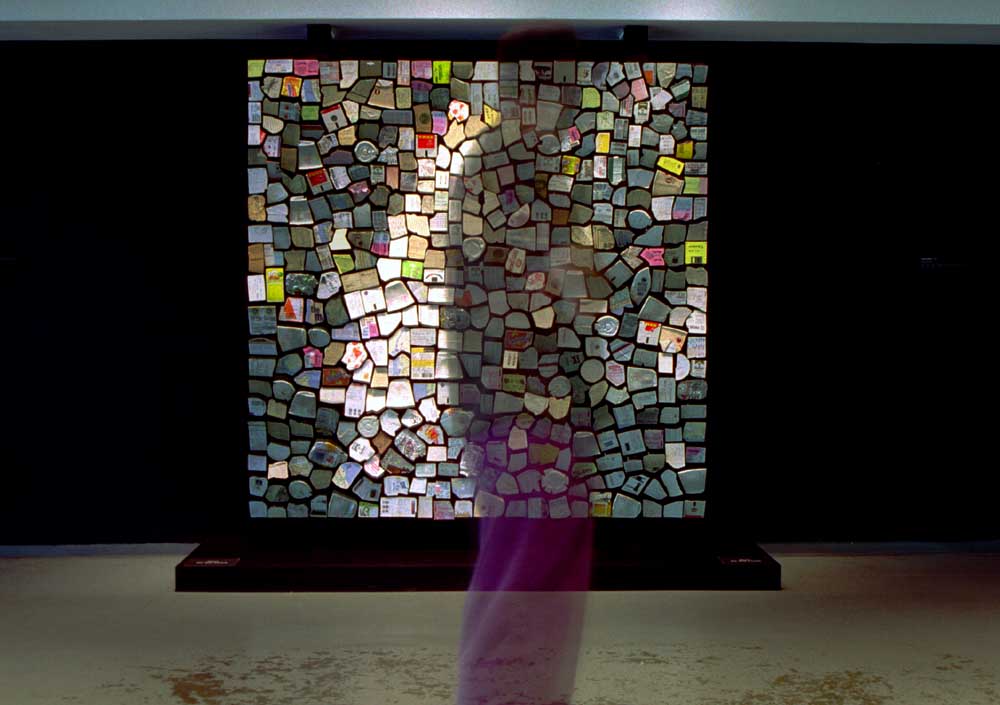DESIGN, INNOVATE, MARKET
Living in the city is not an easy prospect. Proximity to high quality facilities is paid for with small private spaces, high costs, community tension and delirious places. People can often get lost in the equation – this is demonstrated near the chosen project site with large numbers of “keep out” signs and a looming ventilation stack operated by a corporation. The stack spews out concentrated smog from cars passing far below the surface, not to mention the loud and obnoxious stream of motor vehicles to be found above ground at what is a key intersection for Sydney’s traffic. Perhaps this is not such a healthy site for healthcare to take place.
Evidence of individual attempts to fight back are also to be found: graffiti extends individual ownership over places which are otherwise alienating. For instance, the prominently located, intricate pattern of cups lodged into a barbed wire fence. A back-street attempt at fighting back also includes a private garden overflowing onto public sidewalk. Such displays are exciting and interesting, but only exist on the surface. Surry Hills, Darlinghurst and Paddington are areas where a large number of small creative elements are able to combine and build character as community. Surely something truly powerful can be achieved through coordination.
Thus two major issues are to be dealt with in this project: First, a preventative health care umbrella to address the local and wide-reaching issue of air pollution. Second, enabling the mediation of big organizations and a potentially strong community. It should be noted that health is always personal, and good health is rarely found in isolation.
Precedents to address this nexus are to be found locally and overseas. Community gardens, while present in a few suburbs, are undervalued in Sydney for their widely affecting qualities; they are used quite effectively in education, addressing environmental health and for social support structures in cities such as Chicago. A community garden would however only address some of the issues. If organised in synergy with operations such as the “Spare the Air” campaign, a public living room, and environmental awareness spaces, a true umbrella might be lifted over the heads of local residents to address the issues of air pollution.
Precedents are also to be found that focus on the second key issue. Humanising elements of a scale relevant to big organizations is the name of the game. In New York, “HighLine” is an elevated railway converted to a very long public park. In Toronto, Jarvis Square is the home to a group of tall multi-jointed crane-like lighting masts. The masts are interactive, and can be controlled by passers-by for the price of a coin. These projects are about achieving relevance within something larger, and the idea that we feel better when we – as individuals – matter.
Further elements of change are already present, but need to be revealed. Wide swaths of the community are able to feel like they are part of something bigger, and need only be sitting at their computers to do so. Games like World of Warcraft attract diverse members of the community to unite through group activities. The problem with this kind of community is that it does nothing to enrich daily activities, nor the streets around our homes. For instance, if your friends all decide they want to fix something in their lives, and make a go of it as a group, you have a greater support structure in place if you decide to be part of that effort to quit smoking. Digital communities have a hard time enabling this kind of behaviour because friends in World of Warcraft probably don't share the ritual of smoking, living as they may on opposite sides of the world. We are having trouble transferring the things gained in our simulations to the things we need in reality.
From London to Manhattan, a “telectroscope” bridges two places out of sync. In someone’s basement, their dog is playing virtual soccer. And very soon, your IPhone will be anonymously informing the world of interesting places in your neighbourhood, merely by analysing the places that you frequent. Transference of skills, traits and values from our rapidly growing digital worlds requires familiarity and overlap as one moves between the virtual and the physical. In my Experiment 4 video, I exhibited some walking garden-type air filters as a community. They are abstractions of an architectural proposal for greenhouse spaces, but perhaps as they arrive on site as built work they can also arrive in World of Warcraft villages, Second Life or maybe even become mirrored at another physical city.
Woolloomooloo Community garden [
ACF,
CG.au]
Edible Schoolyard, Chicago [
ESY]
Jarvis Square Light Masts [
Waterfront Toronto]
New York Highline [
The Highline]
World of Warcraft (WoW), Telecroscopes, virtual soccer, IPhones and social networks [
aPart of aLife]
Health is Not Lonely [
aPart of aLife]
Experiment 4 Video [
aPart of aLife]
Abstract Brief [
Russell Lowe]


